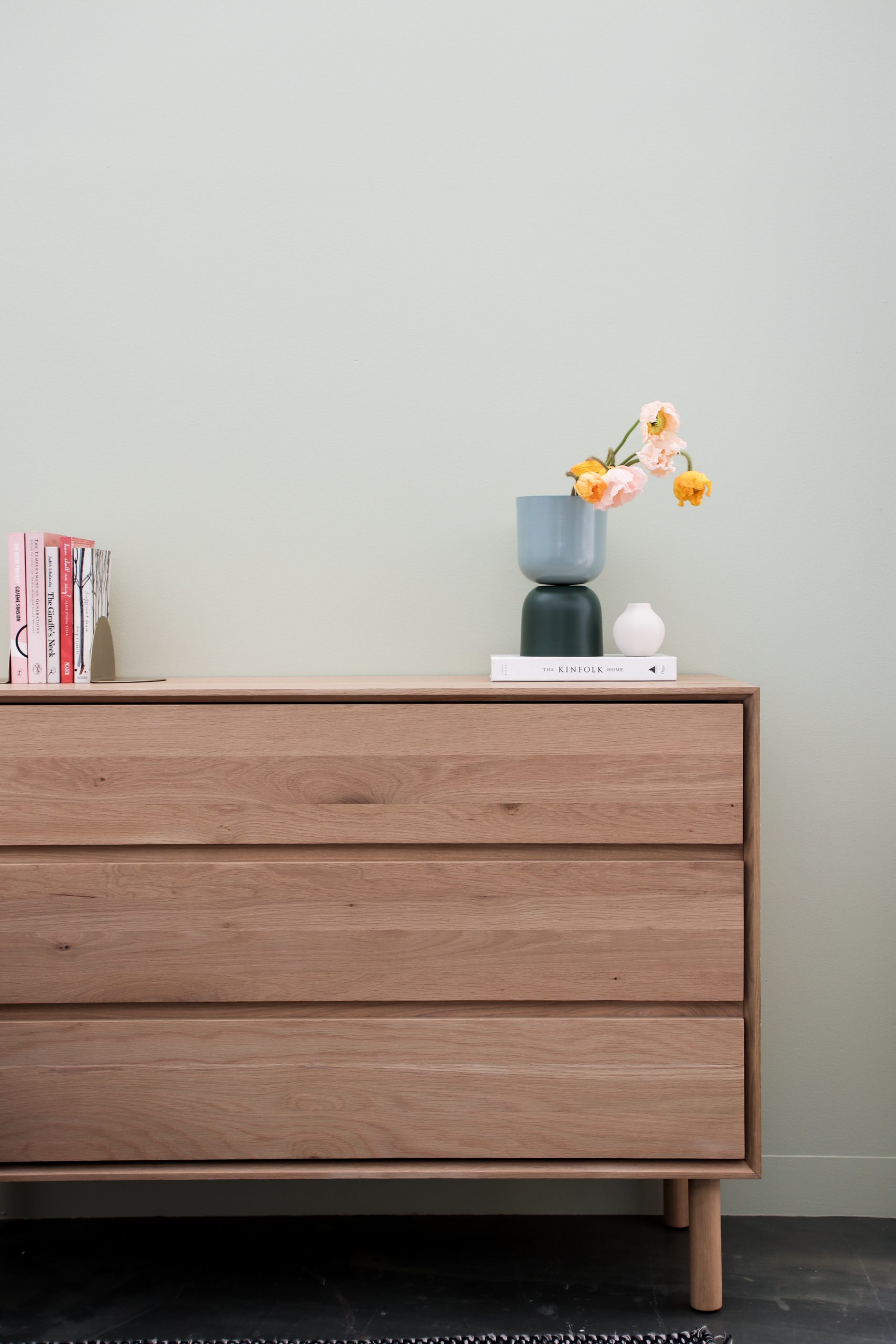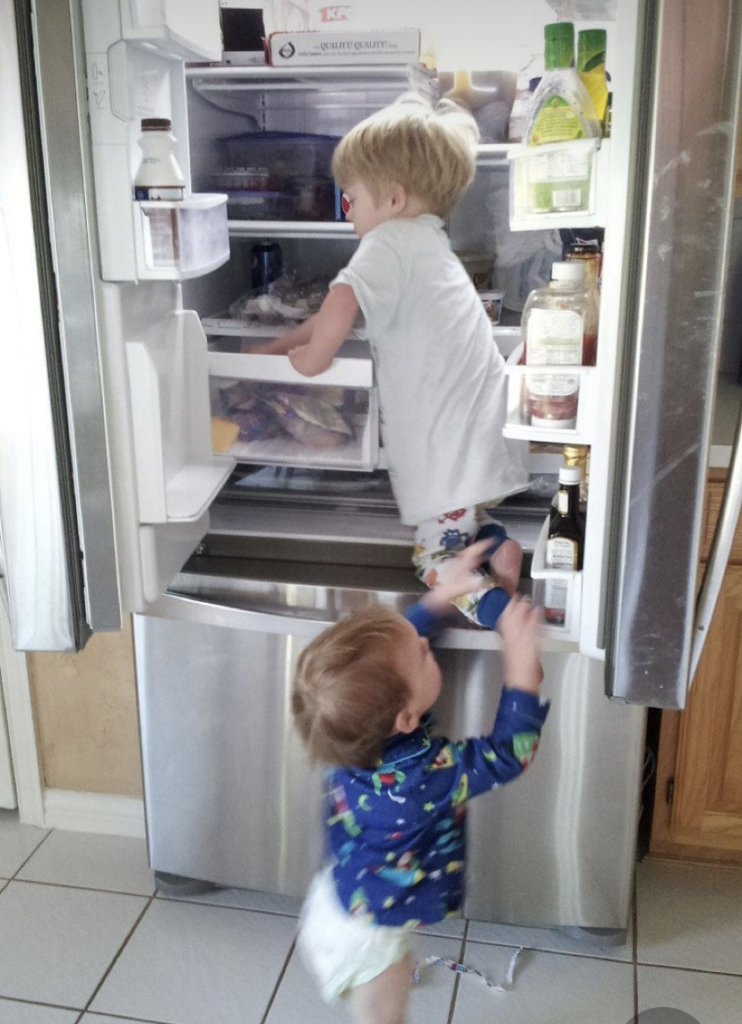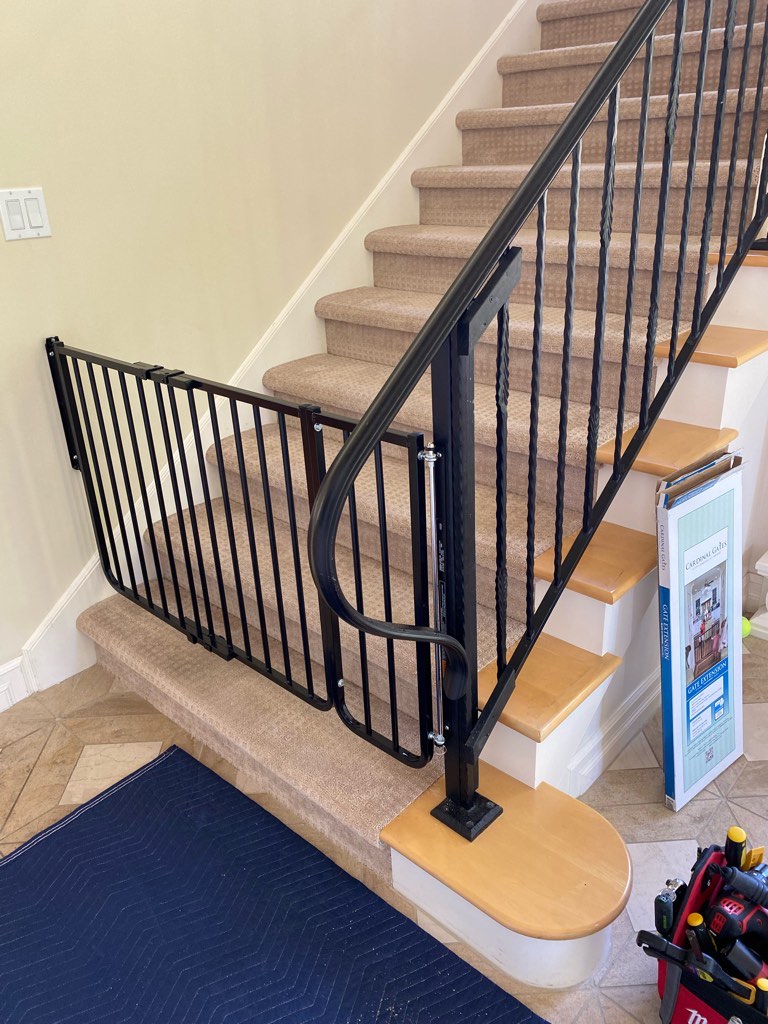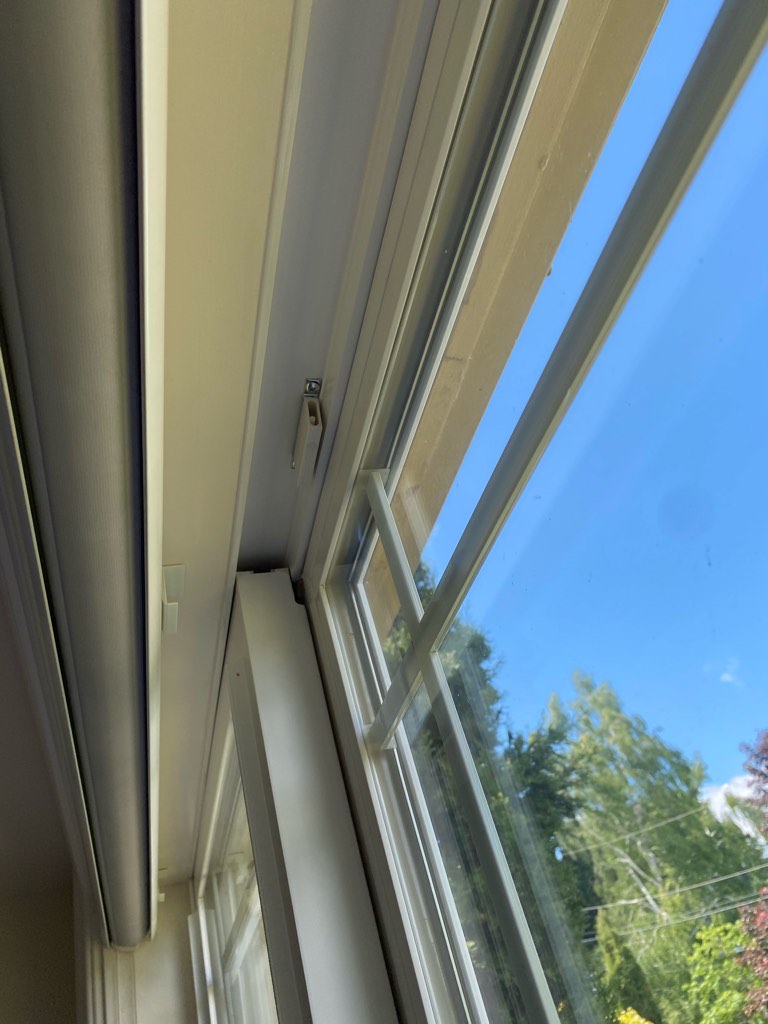Assessments
Childproofing Assessments Your Pathway to a Successful Project
Childproofing Assessment
We’re a childproofing solutions company. Our mission is reducing harm to babies from known hazards by identifying hazards and addressing risks. We accomplish this by creating a PLAN OF ACTION.
Step One: We introduce parents to selected reading materials focused on hazard identification and risk reduction.
Step Two is planning. This starts with a whole home survey to locate hazards, selecting safety products to address those hazards and prioritizing childproofing tasks.
Step Three We create a roadmap of products & services so your risk reduction process can begin.
Assessments take between 1-2 hours, include a short discussion about risk topics, a risk survey and a risk survey report. We will lay out tasks and project cost in a report which will be between 15-24 pages.
- Short Discussion: Fire Plan and Gun Control
- Risk Survey of Your Home
- Risk Survey Report
Risk Survey: Three Steps
Our first step in the assessment process is sitting down with our clients(s) for a short discussion about crucial safety topics. This includes a chat about primary fears and concerns of our client. Prior to the assessment appointment you will have been emailed a set of articles focused on hazard identification and risk reduction. Reviewing the material prior to the appointment will help your understanding of the hazards of specific items identified during the risk survey. The articles focus on fire safety, vehicle safety, dresser tip-over issues, storage unit contents and various other safety points.
The second step in the assessment process is conducting a systematic risk survey of your home, hopefully with your participation. Together we’ll identify hazards and ways to address those hazards. Picture your childproofing project as a whole pie. Each childproofing action you take removes a slice of that pie. The more pie you remove the better. Anchoring furniture is a big piece of that pie.
The final step in our assessment process is creating a Risk Report. It’s created using notes from the short discussion with the client, notes and observations collected on the Risk Survey and a list of suggested products to be applied to specific locations. It will also contain product and installation costs and an installation time frame.
Risk Survey Report
The survey report includes a product and cost list with a total projected project cost.
The survey report highlights hazards in your home. It’s based on several key factors such as service providers professional opinion and known facts based on statistical data about injuries to babies and young children.
Our assessment process is a brainstorming session between our client and our service provider resulting in a childproofing plan fitting your budget, timeframe and skillset.
Your level of service is dictated by your budget, your DIY skills and the value you place on your time. Every project is different but have the same goal of targeting identified hazards with quality childproofing products.
Hazard Groups

Furniture
Assess: We assess which furniture i should be anchored and the reasoning behind our selection.
Discuss: We discuss types of anchoring and how it can be conducted aesthetically and effectively.

Storage Units
Assess: We assess which storage unit, such as drawers or cabinets, should have a child resistant latch to protect babies from known hazards.
Discuss: We discuss the pros and cons of various latch designs and how they may apply to specific storage units.

Miscellaneous Dangers
Assess: We will point out and discuss water hazards, dangerous edges, fire hazards, gun safety, vape pens/ e-cigs, electric connections and miscellaneous hazards.
Discuss: We’ll discuss methods to address identified hazards.

Stairs and Bannisters
Assess: We assess where baby gates are needed as well as hazards of stair bannisters or railings.
Discuss: We discuss various types of gates, the pros & cons of each and which gate will mechanically work at the identified locations. We also discuss methods and products to reduce hazards surrounding bannisters and railings.

Doors and Windows
Assess: We look at door and window types, locations and how to address known hazards.
Discuss: There are many factors to consider when deciding how to address door and window hazards. This includes door hardware, window hardware, design and location.
